Did you know that you do not have to buy a tube of black color paint? Did you also know that some of the most prominent painters do not even own a tube of black paint color and prefer to mix their own? This is because when you mix your own you can capture different shades of black more easily.

In this article I will show you how to make black to use for your painting. And show what colors make black when mixed together! Not only will learning how to make your own black paint color end up saving you money from not needing to buy tubes of black. But when you mix your own black paint, it will be a much more vibrant and dynamic black color than what you get from a paint tube.
How to make black color – What colors make black?
One way to make black is with the three primary colors. Red, blue and yellow make black paint when mixed together. You simply need to mix equal amounts of red, blue, and yellow together and you will get a nice black. If you use a lighter red and blue you will end up with a brown – so be sure to use darker colors as shown in the color chart below.

Creating shades of black color with primary colors
If you wish for your black to be more bluish then you can add in a little bit more blue to the mixture. If you would like it to be more yellowish then mix in a little bit more yellow. In the detail below of Vermeer’s “Woman with a Lute” you can see how the black is a warmer yellowish black. It is clear that Vermeer mixed up a very specific black color.

For this initial black mixture, I recommend using the colors: Ultramarine blue for the blue, Alizarin Crimson for the red and Yellow Ochre for the yellow.
How to make black color using ‘printing primaries’

Another primary color black mixture are the printing primaries. Quinacridone Magenta, Pthalo Blue and Hansa Yellow are fairly close to the ‘printing primaries’, which are the primary colors that are pretty much used by all the printing machines!
First mix Phthalo Blue with Quinacridone Magenta and you will get a good shade of purple. Then, add a little bit of Hansa Yellow to neutralize the color. Yellow is the complementary color of purple, so that is why the Hansa Yellow will neutralize the purple color and you will come out with a great black.
How to mix shades of black color using blue
There are more ways to mix black than with just primary colors. Here I will introduce three different mixtures you can use to make black using blue. Some are lighter, and others are darker – but they will all give you different shades of black!

Ultramarine blue is one of the darkest blue colors, so it will give you a terrific dark shade of black. You just need to be sure to mix in enough cadmium orange to neutralize the blue. Though don’t mix in too much orange to make it too orange like. It is important to find the right balance.

Pthalo blue and cadmium orange also create black
You can also mix Pthalo Blue and Cadmium Orange together to get a black. This mixture will create a lighter shade of black than with ultramarine blue. So, if you ever want to have a lighter black without using white – this mixture is a good option! The Cadmium Orange will neutralize the Phthalo Blue and the Pthalo Blue will neutralize the Cadmium Orange as they are complementary colors. The resulting color will be a bit of a brownish-black.
This can make for an interesting color of black, especially if you aren’t wanting a very dark shade of black.
How to make black with brown and blue
Ultramarine blue and burnt umber is one of my favorite mixtures for mixing black paint color because it is so simple. Most artists almost always have Ultramarine Blue and Burnt Umber on their palette already so this mixture is very accessible.

In addition to creating a dark black color, this color mixture creates a cooler shade of black as burnt umber is a little cooler than cadmium orange. Ultramarine blue and burnt umber can actually be used to make cool dark colors in general. As well as dark shades of green when it is mixed with yellow.
Mixing a warmer black with Blue with Burnt Siena
This mixture of Ultramarine Blue with Burnt Siena creates a warmer black color than Ultramarine Blue mixed with Burnt Umber. Burnt Siena is a warmer color than Burnt Umber since it is a reddish earth tone.


That said, this mixture is very similar to the black color mixture above with Ultramarine Blue and Burnt Umber. However, in addition to being warmer, Ultramarine Blue and Burnt Sienna, mixed together also create a lighter black.
Summary of what colors make black when using blue as the base color
Below is a chart of three different ways to mix black using blue. It is mainly blue mixed with different browns and cadmium orange.

How to make shades of black with Pthalo Green
Pthalo Green is a very dark and rich color. For this reason it comes in handy for mixing different black colors. We will explore the different colors you can mix pthalo green with to get black.


Mixing Pthalo Green with a rich dark purple color
It may come as a surprise, but purple and green mixed together can make a great color of black. Dioxazine Purple and Pthalo Green are both dark and create a rich dark black when mixed together.

However, since Pthalo Green is a very strong color, just make sure that the green does not overpower the purple. You can test out the color by testing it on a white surface and make sure that it is a black color and not green.
Pthalo green and red make a deep black color
Above I showed how you can mix the complementary colors blue and orange together to make a black. Here, I am also again showing two complementary colors – red and green – and how they create black when mixed together.
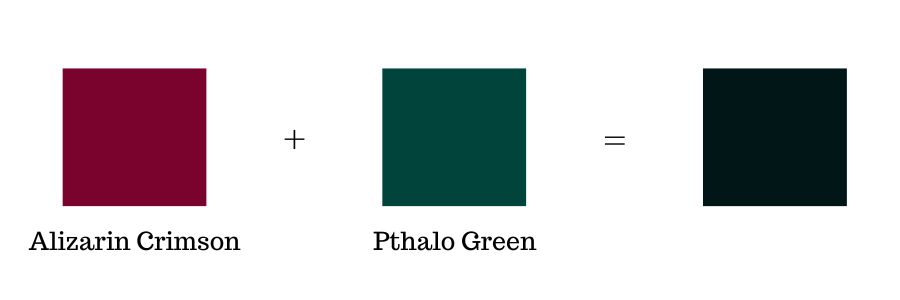
You can’t mix any green and red together to get black. If you want it to be a good dark black then use Phthalo Green and Alizarin Crimson, both of these colors are dark versions of green and red and makes a rich deep black. In fact, this is one of my very favorite mixtures for black! As before, just make sure that you have equal amounts of the colors mixed together – you do not want to have more Alizarin Crimson than Pthalo Green or vice versa. You can test your mixture out on a white sheet of paper to make sure it is neutral enough.
How to mix a transparent black color

These two colors make for a great transparent black when mixed together, since both Phthalo Green and Quinacridone Red are transparent colors. However because of this, it is difficult to make a neutral grey with this color mixture.
Mixing up the exact shade you need – Color Temperature and Black

By now you have a pretty good idea that there are more than just a few different shades of black color. I know it is easy to think of the color black as just that… black.
However, there are shades of black that are cooler in color temperature and lean towards being shades of blue. As well as shades of black that are more greenish and even ones that have shades of red in them.

When you mix your own black colors, you can control the shades of black you create so much more. It is in your control to be able to mix up exactly the right shade that you need.
Make cool shades of black colors
If you want to make your black even cooler then add some of the cool colors shown in the color chart below. Some examples of cool colors are Ultramarine Blue, Pthalo Green and Dioxazine Purple. You can add just a little bit to make it slightly cooler or you can add more to make it significantly cooler. Again, it is a good idea to test your blue out on a white sheet of paper or on a white canvas. This makes it easier to be able to see it better. The darker the black is the more difficult it is to detect what temperature it is or if it has too much of a color mixed into it.

Create warm shades of black
Warm blacks can be very suitable for blacks that are at the foreground of a painting – since warm colors make things come forward. If you look at the color chart below you will see that there are a few options for making warm blacks. Alizarin Crimson is one of the best colors for mixing into blacks – as it is a dark red. Though Alizarin is a very cool red. Quinacridone red is a little lighter than alizarin, however it is a good option especially if you want a warmer red.

Last but not least, there is cadmium orange. Cadmium orange is by far much lighter than quinacridone red and alizarin crimson – however it is a warm color and will help to make black warmer in temperature. If you use cadmium orange just know that it will probably make your black a little lighter in value.
Mixing black on your own
In order to create subtle transitions in color temperature it is imperative to create your own black color mixtures. As it is only when you yourself mix and adjust the color that you will be able to realize and create the subtle color changes necessary in a painting.
A good way to get comfortable with mixing blacks is to experiment with the color mixtures shown in this article. Just get out your palette and start mixing! You can make some swatches to keep track of the mixtures you make and what types of blacks you are able to create. Start to use it in your painting sooner rather than later. As it is through experimenting and mixing a lot that you get really beautiful colors in a painting.
Other color mixing article guides for you:
- We now know how to mix black – so how about mixing shades of white?
- Shades of dark purple you can create to use instead of black
- What colors make orange when mixed together?
- How mix shades of brown color – also good option for a dark color in your painting, that has a more of a deep dark brown shade to it
Recommended colors for how to make black paint
The following are the colors mentioned in this article and are available for Purchase on Amazon.

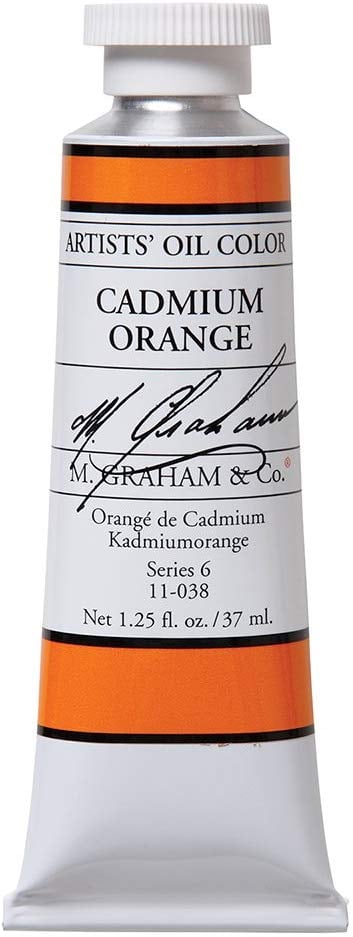
Want to remember this? Save the Shades of Black Color Mixing Guide to your favorite Pinterest board!




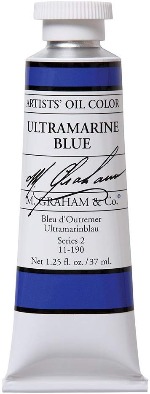

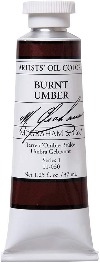
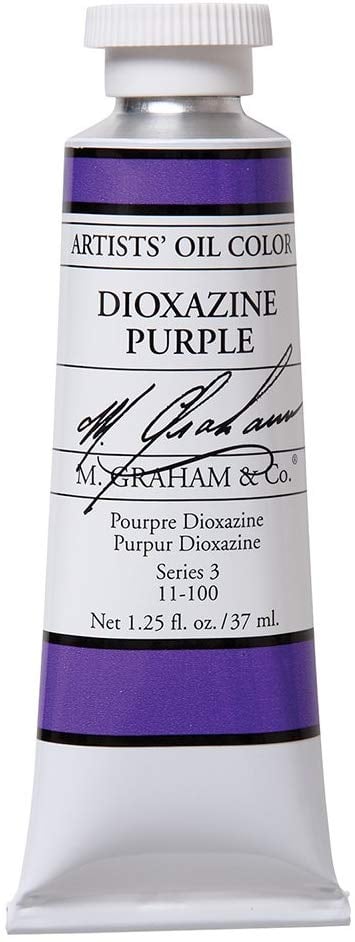



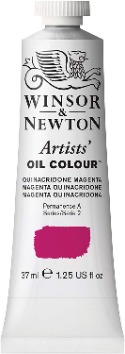





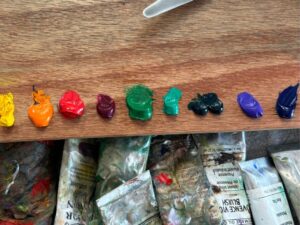
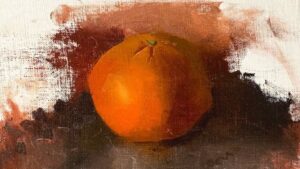
10 thoughts on “How to Make Black – Shades of Black Color Mixing Guide”
Danke Elisabeth. Ich freue mich so für deine klare Erklärungen. Danke dir dafür. Ich möchte gerne deine free cooler Mixing Guide erhalten. Hab schon mehrfach versucht aber es wird nichts
Hallo Maria! Entschuldigen sie wegen meine verzögerung. Ich hoffe dass es dir ganz gut geht. Ich bin sehr froh zu hören dass diese erklärung klar fur sie war! Ich habe dass free color mixing guide zu dir gerade jetzt geschickt. Sie können es in dein e-mail finden 🙂
In my early painting life as a painter a painting friend told me never buy black, it’s to easy to mix yourself. Thanks for the kind reminder!
It is very true! You are welcome for the reminder!
I have not received the mixing guide. I have tried many times and no guide. Please let me know what to do. I have checked spam folder.
Im sorry you were having trouble getting the guide. I just sent it to your e-mail so you should have it now.
Thank you for combos I’d not explored yet. I admit to owning a tube of lamp black but rarely use it, I am a black mixer too…old art school habits…but you have a couple of suggestions I hadn’t heard of. Your site is hugely informative for all artists , regardless of experience. Thanks so much for well thought out posts and great info …so happy to have found you.
Thank you for your kind words. I am glad to hear that the website has been very informative for you!
Try ultra marine blue, alizarin crimson and Rembrandt’s transparent red oxide. I’ve found it to be the absolute best.
Laura
that sounds like a nice combination, thanks for the suggestion!